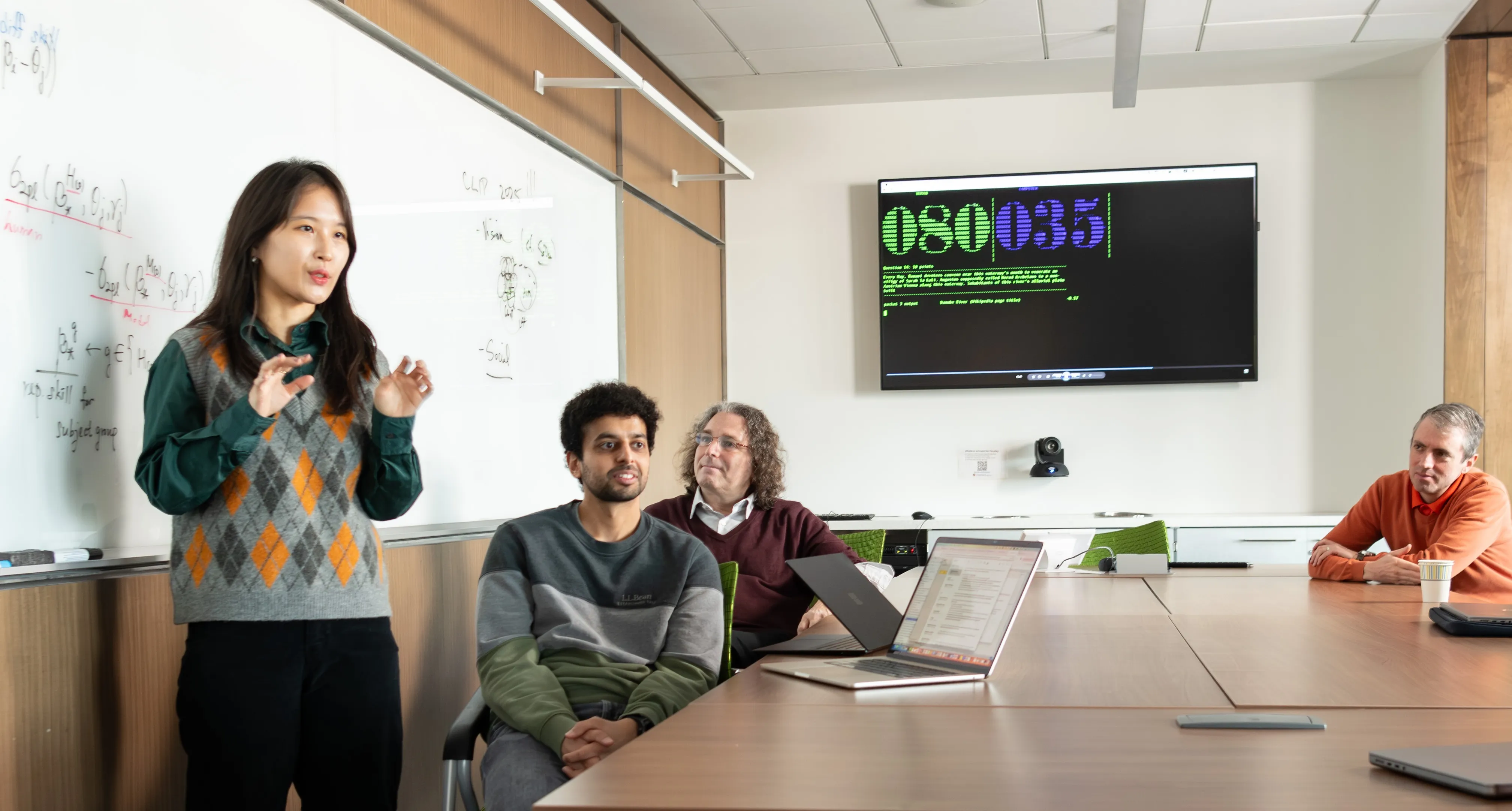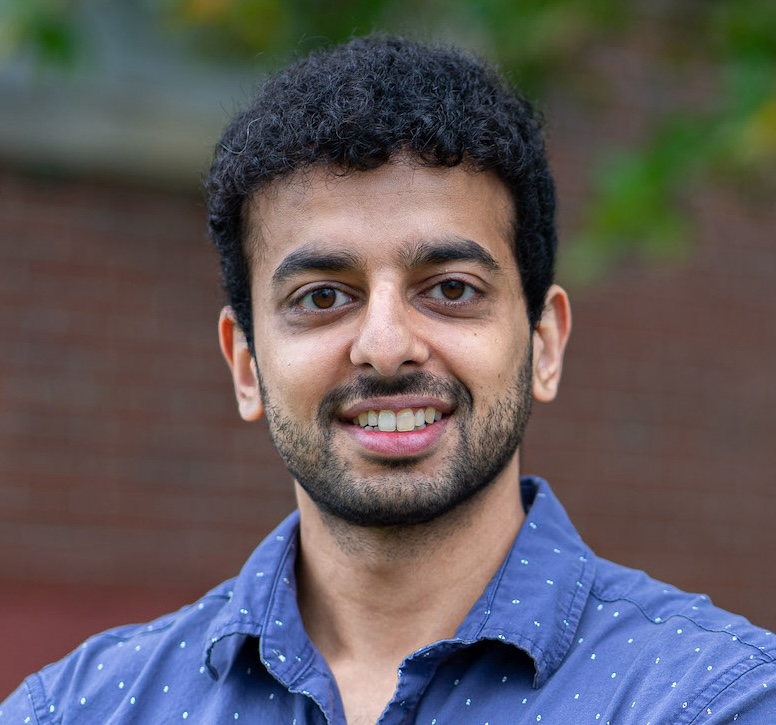

When Mohit Iyyer returned to the University of Maryland campus earlier this year, everything seemed quite familiar, as well it should. Iyyer had been a Ph.D. student at Maryland from 2012–2017, earning his degree in computer science before subsequently becoming an assistant professor at the University of Massachusetts Amherst.
After spending four years at UMass, Iyyer he rejoined his alma mater this past January as an associate professor of computer science, a position that allowed him to interact with many of the faculty the Computational Linguistics and Information Processing (CLIP) Lab, where he had done the bulk of his graduate work.
Iyyer, whose research is focused on improving functionality for users of large language models (LLMs) and other forms of language-based AI systems, says that reconnecting with other CLIP faculty—including Jordan Boyd-Graber and Hal Daumé III who had been his academic co-advisers—has been both seamless and productive.
“I feel like I'm just another faculty member of the CLIP lab,” says Iyyer, who also has an affiliate appointment in the University of Maryland Institute for Advanced Computer Studies (UMIACS). “It's nice that I know everyone quite well from being a Ph.D. student here.”
Philip Resnik, a professor of linguistics and UMIACS faculty member who was on Iyyer’s Ph.D. committee, says that he is “incredibly delighted” that Iyyer has returned to the CLIP Lab.
“Since his time as a student here, he's been on the leading edge of work at the intersection of machine learning and natural language processing,” Resnik says. “Mohit has consistently displayed a combination of depth and breadth that I can only describe with the word ‘formidable’—even more so now that he's become a leader in the advancement of AI using large language models.”
In moving his lab from UMass to UMD, Iyyer brought five of his own graduate students with him. He has described their transition as “positive.”
“The CLIP Lab has a good social culture amongst the Ph.D. students,” Iyyer says. “There are so many Ph.D. students in the lab, and they've been very welcoming overall. I think my students are happy here.”
His research group has been active since arriving at Maryland, publishing a dozen papers this year already. One project that Iyyer is passionate about is called “BEARCUBS,” which he describes as a small but mighty benchmark that evaluates the capability of web agents to search, browse and extract information from the live web through a series of complex and diverse text-based and multimodal interactions.
His team has authored a paper on this subject that is accompanied by a dataset. Their work explores the use of web agents, some of which are promoted as being able to interact with electronic devices on a human-like level. This includes prompting the agents to perform automated tasks like navigating applications, processing information, and adapting to different environments by understanding visual elements on a computer screen.
“There's been a lot of hype around these kinds of web agents, and for the most part, we were disappointed at what they can do,” Iyyer says.
Through the BEARCUBS work and other ongoing projects in his lab, Iyyer hopes to improve LLMs so that they’re more creative, can write longer texts, and be more human-like overall. He is also seeking to identify the connections between creativity and detectability with the use of AI-infused web agents.
“If a model becomes more creative—in not only its word choice, but the content, the way it structures—does that have any implications on how detectable it is and is it possible to make LLM text look more like natural human writing?” he asks. “These are the types of questions we’re studying in-depth.”
—Story by Zsana Hoskins, UMIACS communications group